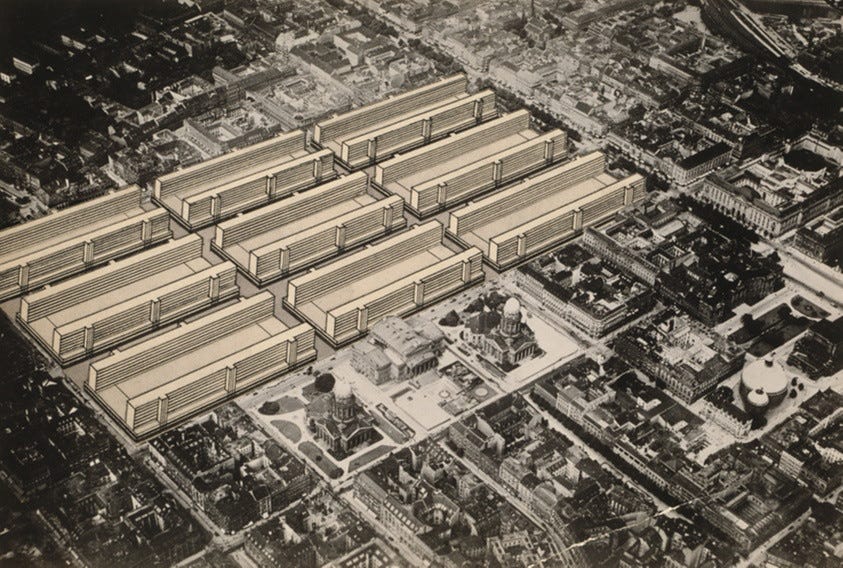ALTERNATIVE UNIVERSE: BERLIN 1927/1928
Ludwig Denkt Groß

The 1920s were a time of much experimenting, plenty of…
Keep reading with a 7-day free trial
Subscribe to Kreuzberged: Berlin Companion to keep reading this post and get 7 days of free access to the full post archives.

